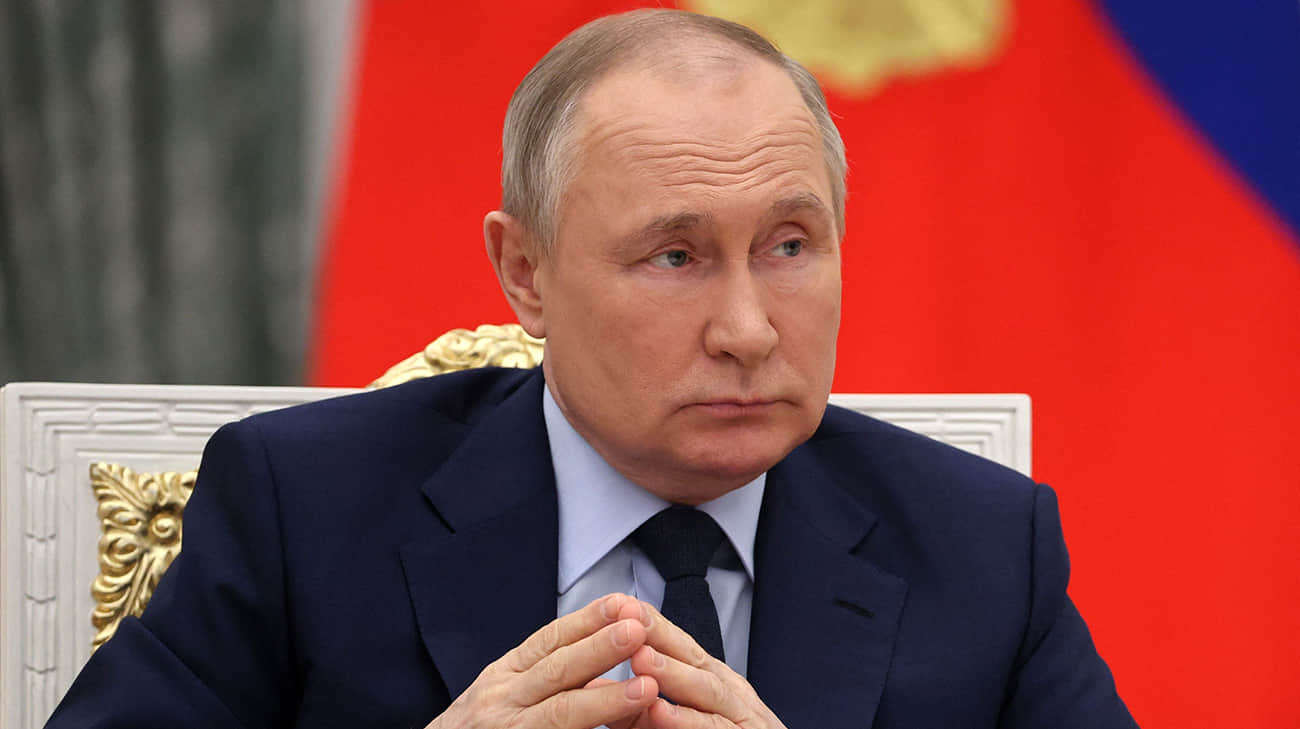Column | Ten years after Nico Frijda – what about the emotion research?
:format(jpeg):fill(f8f8f8,true)/s3/static.nrc.nl/taxonomy/60ebf54-Kret%252C%2520Mariska%252003_2023%252015%25201280%2520%2528homepage%2529.png)
This month it is ten years ago that Nico Frijda died, professor of psychological job theory at the University of Amsterdam. Emotions fascinated him immensely. He tried to understand their nature, presumably also from personal motivation: because of his Jewish background – his father and brother did not survive the Second World War – he knew better than anyone how deep emotions can affect human existence.
The work of Frijda continues to inspire me to this day. Just like him, I study emotions and I am fascinated by the influence of both evolution and culture on our emotional world. In his time, the emphasis within psychology was strongly on observable behavior. Emotions were often seen as side effects. Frijda radically reversed that perspective: emotions are the motivations of behavior. He developed a multiple theory, in which the concept of the Actitendens is central. According to him, emotions are always focused on action, driven by the interests of the individual. He described this vision in his Magnum Opus The Emotions (1986), which appeared in Dutch translation two years later.
What is the case now, ten years later, with the emotion research?
Countless new cross -connections
The attention to emotions has only grown since then – also in the Netherlands. At the University of Amsterdam there is still a strong core of top researchers active, and also at my own university, Leiden, interest is growing. A good example is the recently established Leiden Interdisciplinary Network for Emotion. Rightly so, because the study of emotion is ideal for an interdisciplinary approach. Frijda already brought psychology in connection with neuroscience and evolutionary theory. In the meantime, countless new cross -connections have emerged, including biology, rights, ethics, health care, music sciences and computer sciences.
Especially the latter – the link with AI – is currently particularly topical. Thanks to recent developments in artificial intelligence, systems can recognize and respond to facial expressions. Researchers use Deep Learning And natural language processing to analyze emotional signals in speech. That opens the door to more empathetic interactions between people and machine. A striking Recent researchled by the University of Glasgow, showed that real-time AI filters that coordinate smiling together could strengthen the romantic attraction during video-speed date sessions. Participants who communicated with ‘synchronized’ smiles felt more mutual attraction. It shows how AI can influence subtle but powerful human emotions and interactions – with all the possibilities and risks of it.
Emotions in animals
The interest is also growing steadily within the research into animal emotions. That is where my own focus is: where do emotions come from, and why do different animal species express them in various ways? For years the research was dominated by behaviorism, in which behavior was mainly analyzed. But thanks to pioneers such as the primatologist Frans de Waal who died a year ago, there is a growing awareness that we are not the only species with feelings. In the year of Frijda’s death, 2015, the scientific journal became Animal Sentience Established, which focuses entirely on animal consciousness and emotional ability. Just the fact that a separate magazine was set up for this testifies to the beautiful research that takes place in this area. I recently participated in a workshop at Wageningen University about positive emotions in animals. Psychologists learned from biologists how pigs and chickens express their emotions, and biologists learned from psychologists how they can gain more insight with new, animal -friendly research methods. For example, fields melt together and knowledge arises that is more than the sum of parts, from which beautiful applications result.
Frijda’s work was the foundation of modern emotional psychology. His theories still have a deep influence on how we understand emotions – their evolutionary roots, their expression and their central role in human behavior. Not long before his death, I was allowed to give him an honorary medal on behalf of the Dutch Association for Psychonomy. The lecture he gave then would be his last. His daughter was there. Afterwards he emailed me how much he had enjoyed the festive occasion.
His legacy lives on – in the framework that he created to understand the complexity and functionality of emotions, and in the warm memories that many keep to him.

:format(webp)/s3/static.nrc.nl/images/gn4/stripped/data133314127-765aec.jpg)
:format(jpeg):fill(f8f8f8,true)/s3/static.nrc.nl/wp-content/uploads/2019/10/youp5bij3.png)
/s3/static.nrc.nl/images/gn4/stripped/data133306951-418567.jpg|https://images.nrc.nl/Aqhex4vuXDkTG2ibAuxQ999h3pQ=/1920x/filters:no_upscale()/s3/static.nrc.nl/images/gn4/stripped/data133306951-418567.jpg|https://images.nrc.nl/IUxmNDWQ6SsEQ92WXa797HqINn0=/5760x/filters:no_upscale()/s3/static.nrc.nl/images/gn4/stripped/data133306951-418567.jpg)




